Home>Technology>Home Entertainment Systems>How Long Can A Projector Stay On
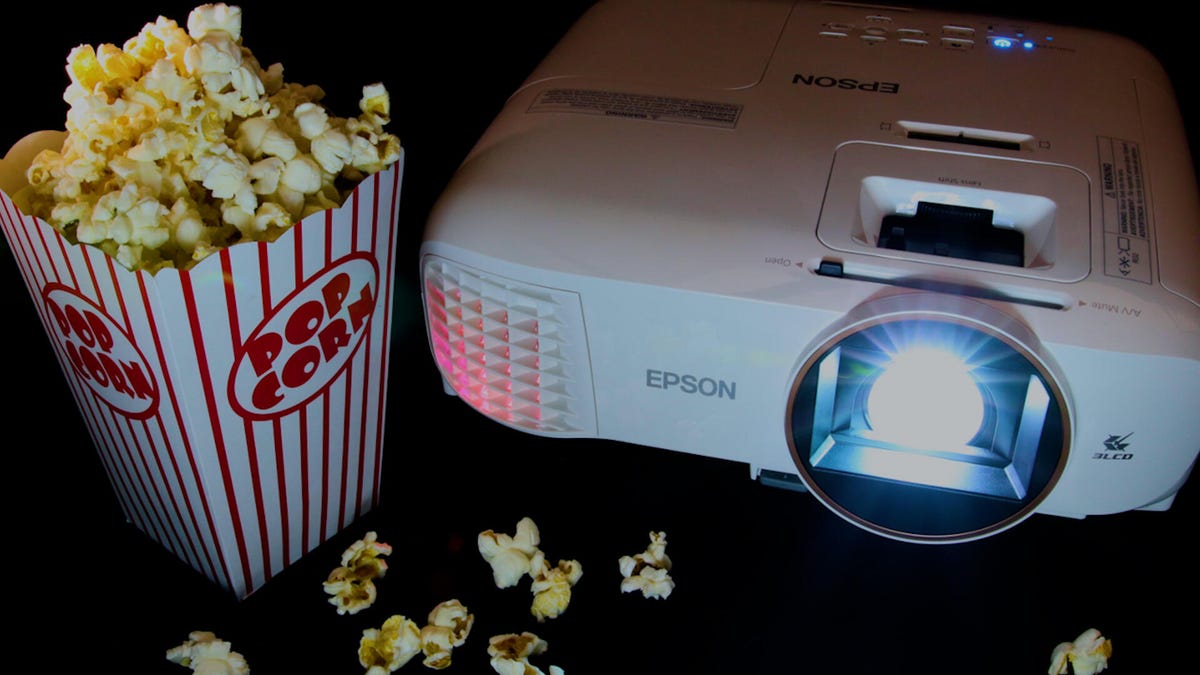

Home Entertainment Systems
How Long Can A Projector Stay On
Modified: January 9, 2024
Learn about the ideal usage duration for home entertainment systems to ensure optimal performance and longevity. Find out how long a projector can stay on without causing damage. Discover expert tips for maximizing projector lifespan.
(Many of the links in this article redirect to a specific reviewed product. Your purchase of these products through affiliate links helps to generate commission for Storables.com, at no extra cost. Learn more)
Introduction
Welcome to the world of home entertainment systems, where the magic of cinema comes alive in the comfort of your own living room. As technology continues to advance, projectors have become increasingly popular for creating immersive viewing experiences. Whether you're enjoying movie nights with family and friends or indulging in the latest blockbuster, projectors offer a larger-than-life display that can transform any space into a captivating theater.
In this article, we will delve into the intriguing question: "How long can a projector stay on?" While projectors are designed to provide countless hours of entertainment, there are various factors that can influence their longevity. By understanding these factors and implementing best practices, you can optimize the lifespan of your projector and continue to enjoy stunning visuals for years to come.
So, let's embark on a journey through the inner workings of projectors, exploring the mechanisms that contribute to their endurance and uncovering the secrets to preserving their performance. Whether you're a seasoned enthusiast or a newcomer to the world of home entertainment, this article will equip you with valuable insights to enhance your projector experience and ensure its sustained brilliance.
Key Takeaways:
- Projectors have a lifespan influenced by usage, environment, and maintenance. Proper care, including regular cleaning and optimal operating conditions, can extend their longevity for years of stunning visuals.
- Cooling systems, maintenance, and usage practices are crucial for maximizing projector lifespan. By implementing best practices, enthusiasts can ensure consistent performance and enjoy captivating home entertainment experiences.
Read more: How Long Can Grass Stay On A Pallet
Factors Affecting Projector Longevity
Several key factors play a crucial role in determining the longevity of a projector. Understanding these elements is essential for maintaining the optimal performance and lifespan of your device. Let’s explore the primary factors that can impact a projector’s longevity:
- Usage Hours: The amount of time a projector is in operation directly affects its longevity. Continuous usage for extended periods can lead to wear and tear on internal components, potentially shortening the projector’s lifespan.
- Environmental Conditions: The environment in which the projector operates significantly influences its longevity. Factors such as temperature, humidity, and dust levels can impact the internal mechanisms and overall performance of the device.
- Quality of Components: The quality of the projector’s internal components, including the lamp, cooling system, and electronic circuitry, can greatly determine its longevity. High-quality components are designed to withstand prolonged usage and maintain consistent performance over time.
- Maintenance and Care: Regular maintenance and proper care are essential for preserving a projector’s longevity. Cleaning the filters, ensuring adequate ventilation, and following manufacturer-recommended maintenance guidelines can significantly extend the lifespan of the device.
- Power Surges and Voltage Fluctuations: Electrical irregularities, such as power surges and voltage fluctuations, can pose a risk to the projector’s internal electronics. Utilizing surge protectors and voltage regulators can help safeguard the device from potential damage.
By considering these factors and taking proactive measures, you can effectively prolong the life of your projector and optimize its performance for years to come. In the following sections, we will delve deeper into the intricacies of projector cooling systems and explore best practices for maximizing projector longevity.
Projector Cooling Systems
Projector cooling systems play a critical role in maintaining the optimal operating temperature of the device, thereby contributing to its longevity and performance. As projectors generate heat during operation, efficient cooling mechanisms are essential for dissipating this heat and preventing internal components from overheating. Let’s explore the key aspects of projector cooling systems:
- Fan Cooling: Most projectors are equipped with internal fans that facilitate the circulation of air to dissipate heat generated by the lamp and other components. These fans are strategically positioned to ensure effective heat dissipation and maintain the internal temperature within safe operating limits.
- Heat Sinks: In addition to fans, projectors often incorporate heat sinks, which are designed to absorb and disperse heat away from critical components. Heat sinks help to regulate the temperature of key elements within the projector, enhancing overall thermal management.
- Thermal Sensors: Many modern projectors are equipped with thermal sensors that monitor internal temperatures. These sensors provide valuable feedback to the cooling system, allowing it to adjust fan speeds and optimize airflow based on the heat levels detected.
- Adequate Ventilation: Proper ventilation is essential for ensuring the effectiveness of the cooling system. Projectors are designed with ventilation pathways to facilitate the intake of cool air and the expulsion of hot air, creating a balanced airflow that supports efficient cooling.
- Cooling System Maintenance: Regular maintenance of the cooling system is crucial for its continued effectiveness. This includes cleaning the internal components, such as fans and heat sinks, to remove dust and debris that can impede airflow and hinder heat dissipation.
By understanding the intricacies of projector cooling systems and the role they play in maintaining optimal operating conditions, you can take proactive steps to preserve the longevity and performance of your projector. In the next section, we will explore best practices for prolonging the life of your projector, encompassing maintenance, usage guidelines, and environmental considerations.
To prolong the life of your projector, avoid leaving it on for extended periods of time. Most projectors are designed to be used for 8 hours a day, so be sure to give it breaks to prevent overheating and extend its lifespan.
Best Practices for Prolonging Projector Life
Implementing best practices for maintaining and prolonging the life of your projector is essential for preserving its performance and ensuring long-term reliability. By adhering to these guidelines, you can optimize the longevity of your projector and continue to enjoy exceptional viewing experiences. Let’s delve into the best practices for maximizing the lifespan of your projector:
- Regular Maintenance: Follow the manufacturer’s recommended maintenance schedule, which may include tasks such as cleaning filters, inspecting internal components, and replacing consumable parts like the lamp at the specified intervals.
- Optimal Operating Conditions: Ensure that the projector operates in a suitable environment with controlled temperature and humidity levels. Avoid exposing the device to extreme temperatures, excessive moisture, or high levels of dust, as these factors can impact its performance and longevity.
- Proper Ventilation: Position the projector in a location that allows for adequate ventilation, ensuring that airflow around the device is unobstructed. Avoid placing the projector in enclosed spaces or near heat sources that could impede its cooling system.
- Power Management: Utilize power-saving features and ensure that the projector is powered down when not in use. This practice not only conserves energy but also reduces the overall operational hours, contributing to the longevity of the device.
- Protection from Power Irregularities: Use surge protectors and voltage regulators to safeguard the projector from power surges, fluctuations, and electrical anomalies, which can potentially damage its internal electronics.
- Optimized Usage: Avoid prolonged periods of continuous operation when the projector is not in active use. Minimize unnecessary runtime to conserve the lifespan of critical components, such as the lamp and cooling system.
By incorporating these best practices into your projector care routine, you can significantly extend its lifespan and maintain consistent performance over time. Furthermore, staying mindful of usage patterns and environmental considerations can contribute to the overall health and longevity of your projector, ensuring that it continues to deliver stunning visuals for years to come.
Conclusion
As we conclude our exploration into the longevity of projectors, it becomes evident that the lifespan of these remarkable devices is influenced by a myriad of factors, ranging from usage patterns and environmental conditions to the effectiveness of cooling systems and maintenance practices. By understanding these elements and implementing best practices, projector enthusiasts can optimize the longevity and performance of their cherished devices.
Projector cooling systems, including fan cooling, heat sinks, thermal sensors, and adequate ventilation, play a pivotal role in regulating internal temperatures and safeguarding critical components from heat-related stress. These mechanisms, when properly maintained and utilized in suitable environments, contribute to the sustained brilliance of projectors.
Furthermore, adhering to best practices, such as regular maintenance, optimal operating conditions, proper ventilation, power management, and protection from power irregularities, empowers users to proactively preserve the longevity of their projectors. These practices not only enhance the device’s lifespan but also ensure consistent and reliable performance over time.
As technology continues to evolve, projectors remain a cornerstone of home entertainment systems, offering captivating visual experiences that bring cinematic magic into our homes. By embracing the insights shared in this article and integrating them into your projector care routine, you can embark on a journey of sustained enjoyment, relishing the immersive visuals and captivating moments that projectors bring to life.
Ultimately, the longevity of a projector is a testament to the care and attention invested in its maintenance and operation. By nurturing these remarkable devices with diligence and mindfulness, enthusiasts can unlock their full potential and revel in the splendor of unparalleled home entertainment for years to come.
Frequently Asked Questions about How Long Can A Projector Stay On
Was this page helpful?
At Storables.com, we guarantee accurate and reliable information. Our content, validated by Expert Board Contributors, is crafted following stringent Editorial Policies. We're committed to providing you with well-researched, expert-backed insights for all your informational needs.
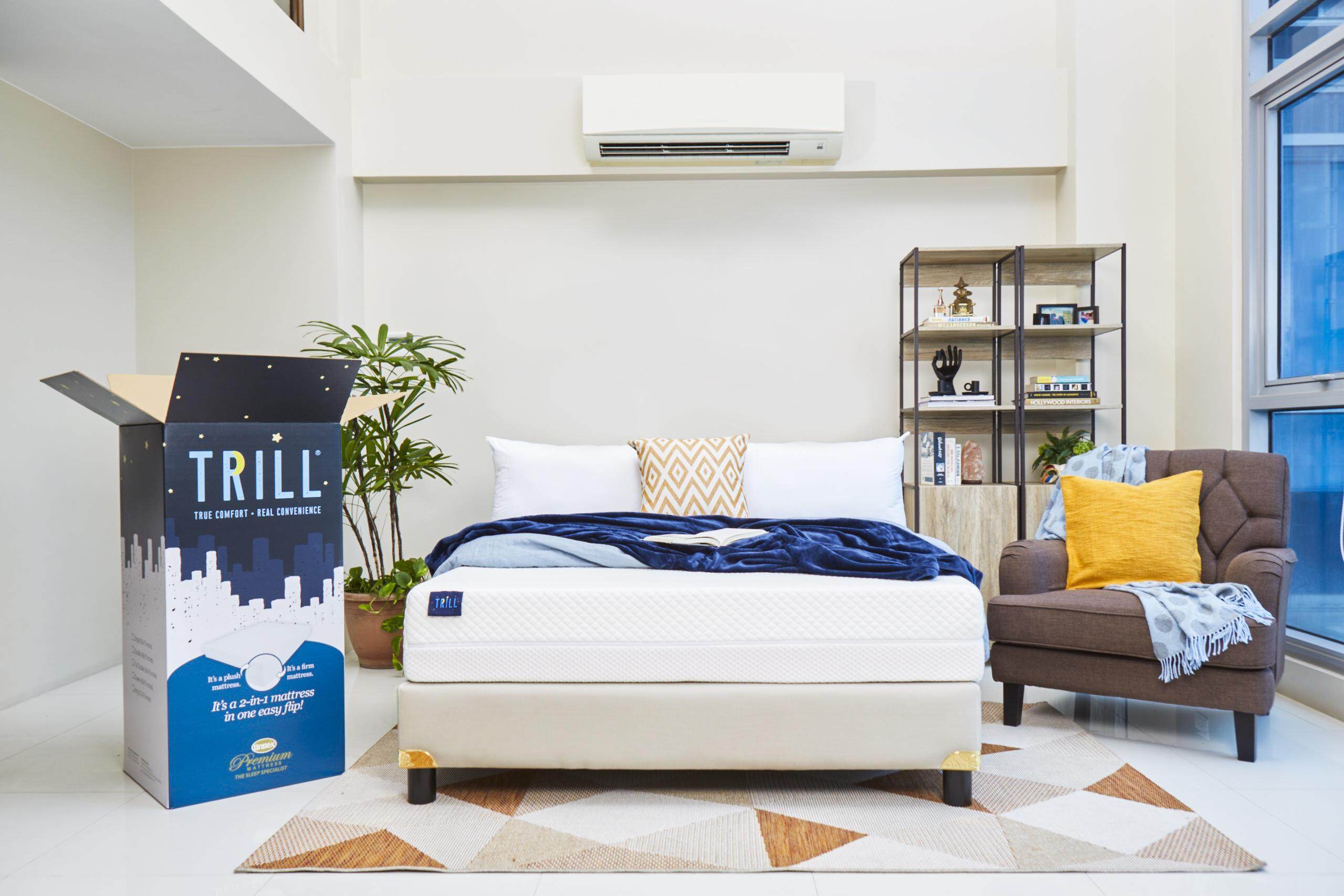


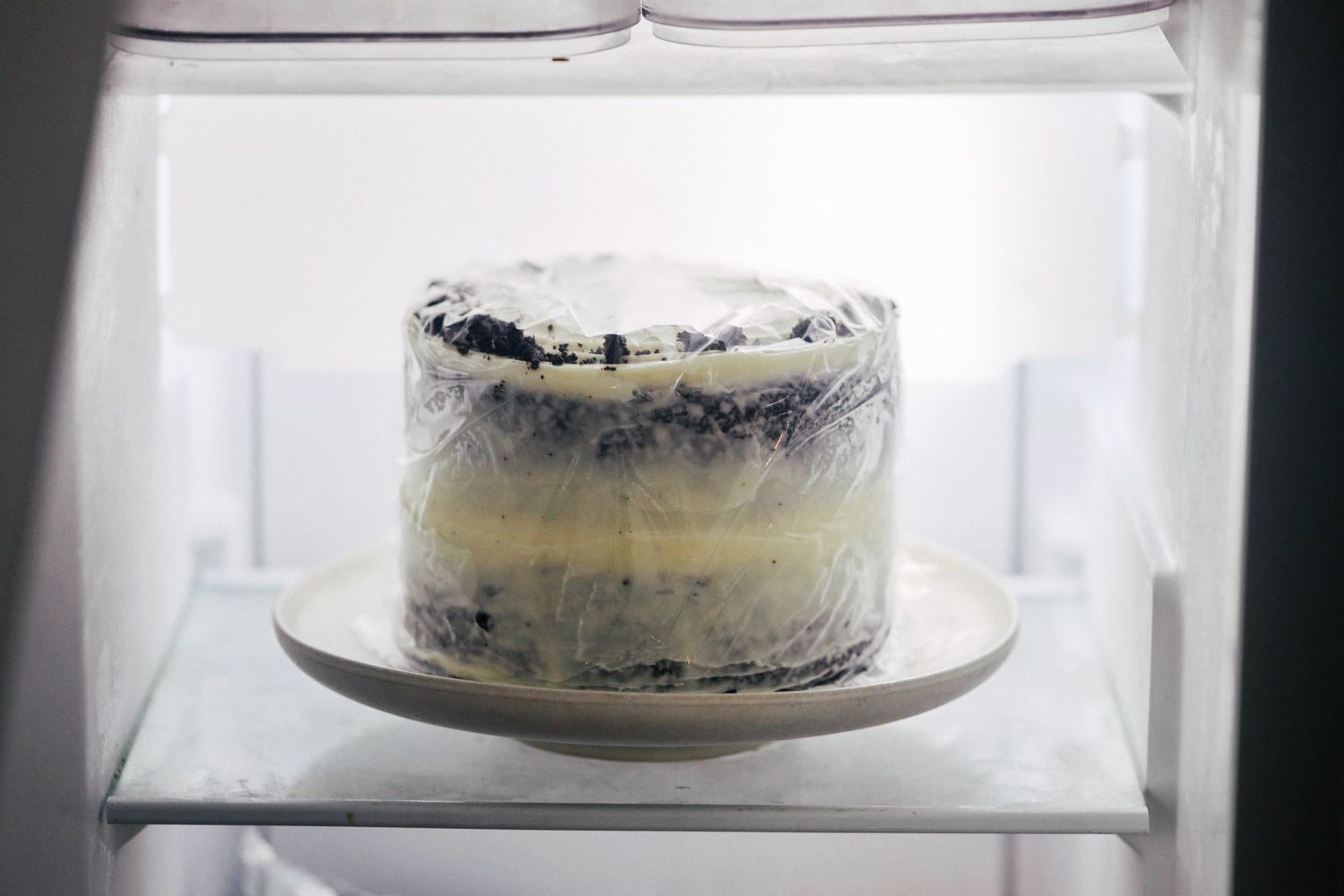

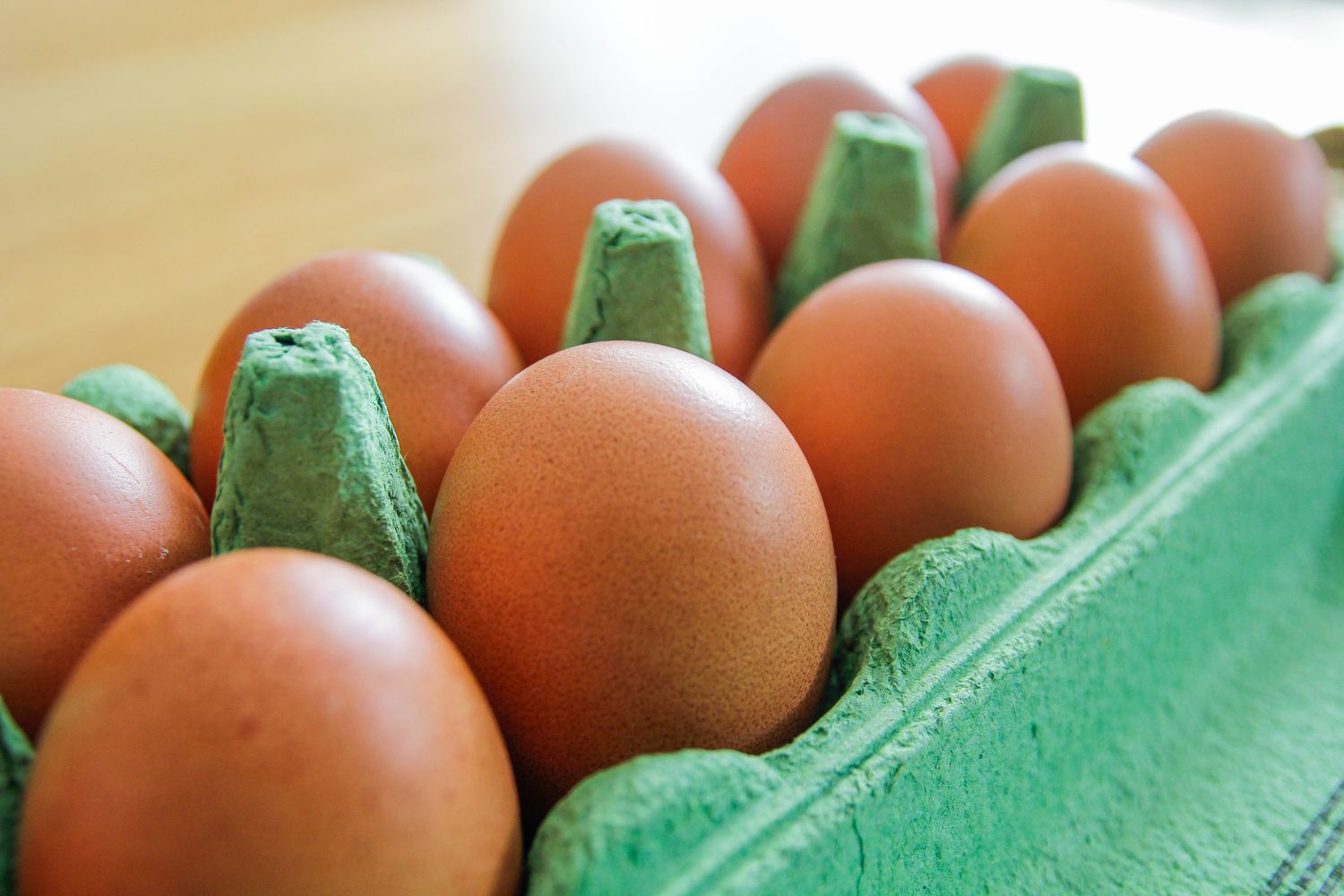
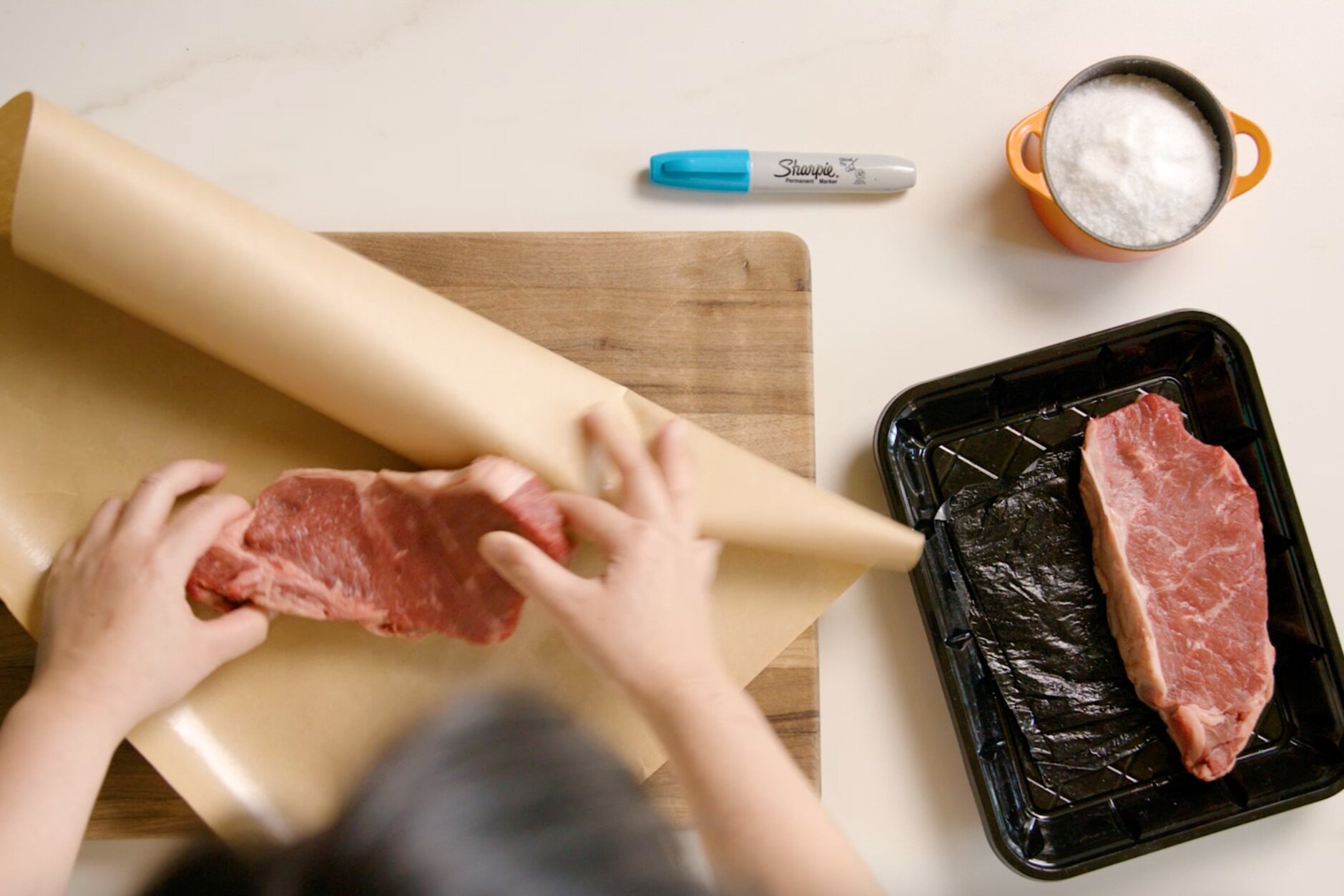
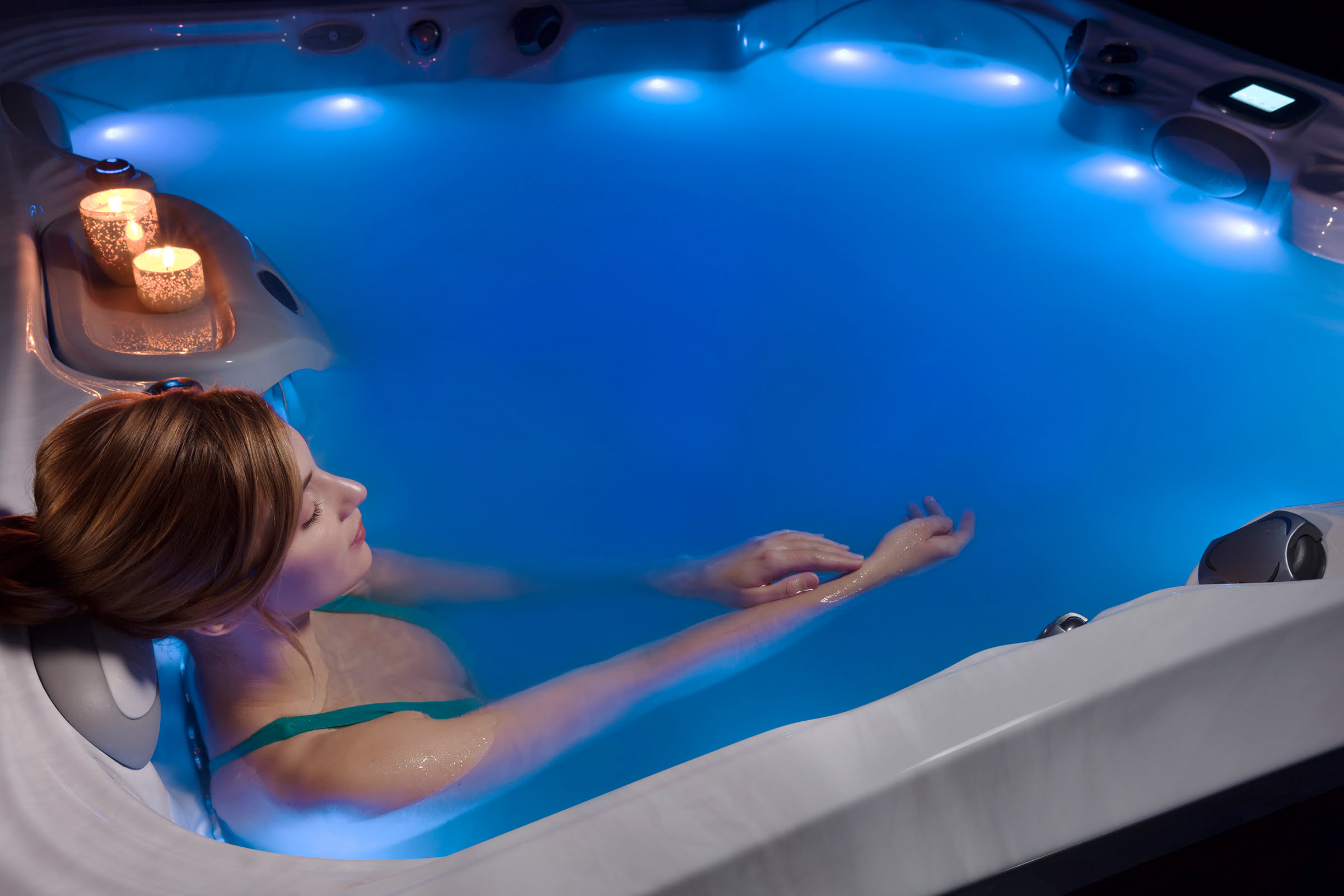
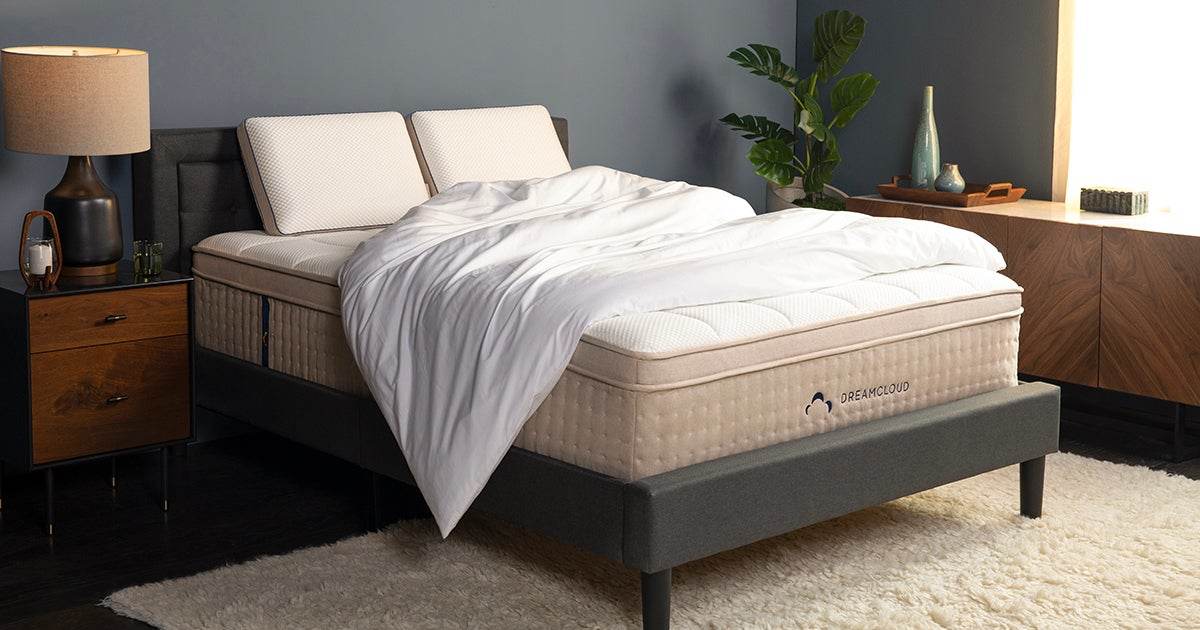
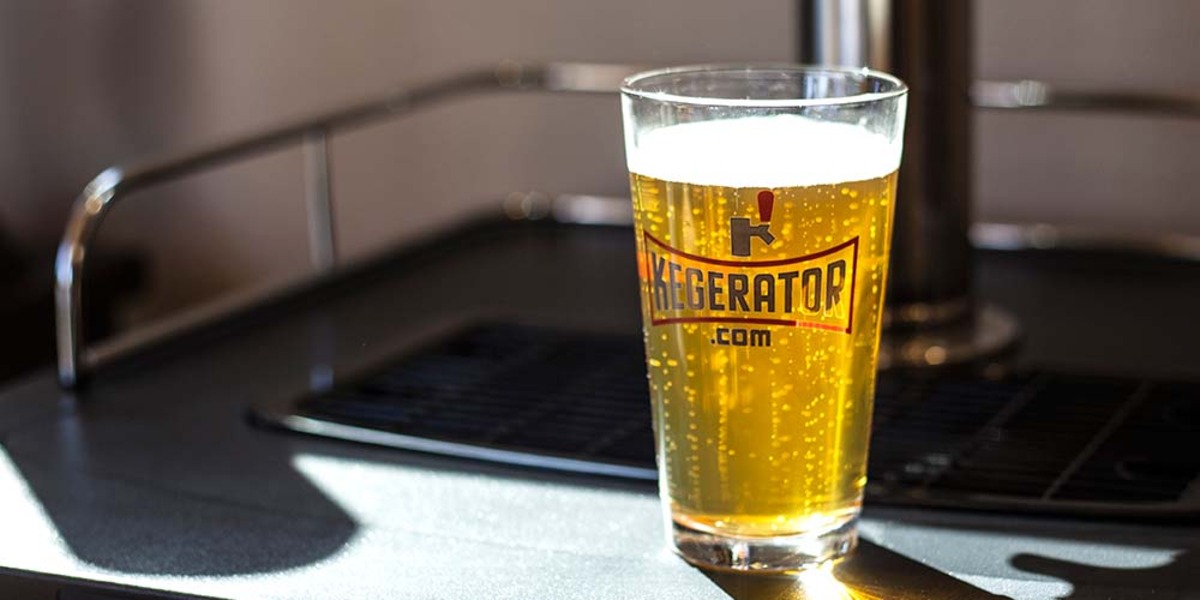



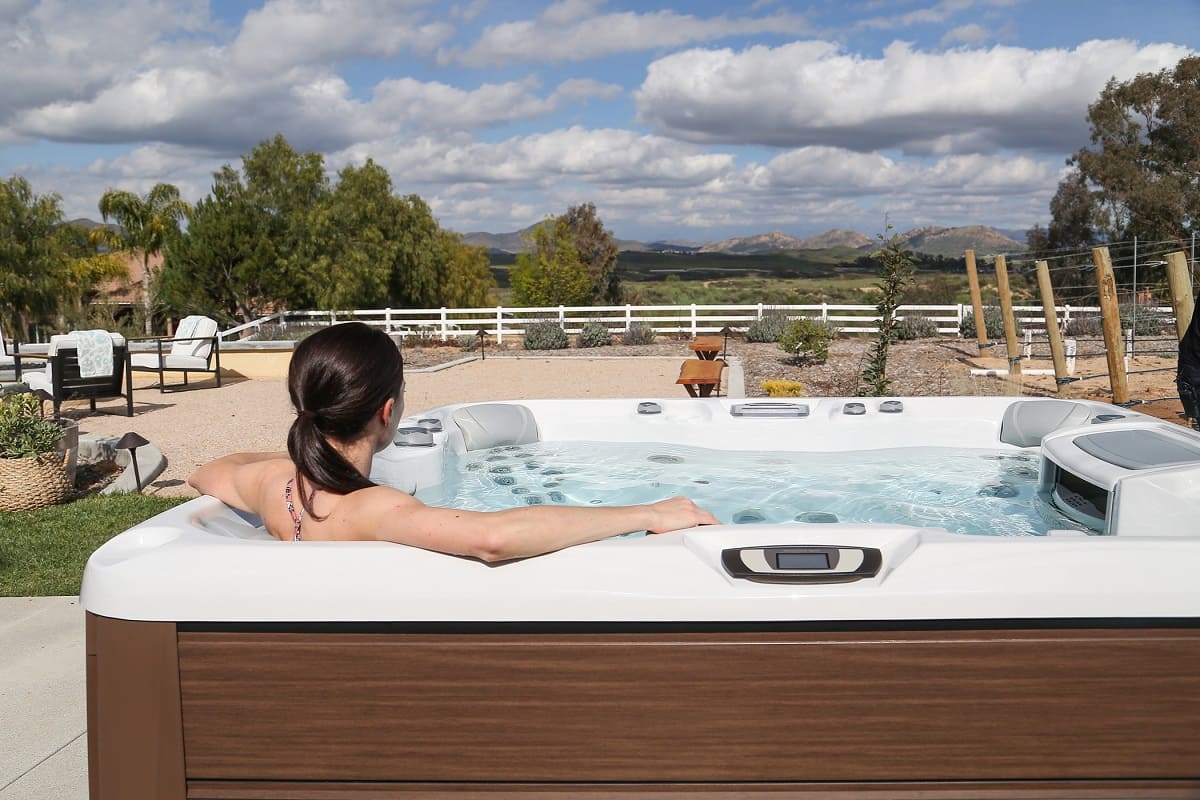
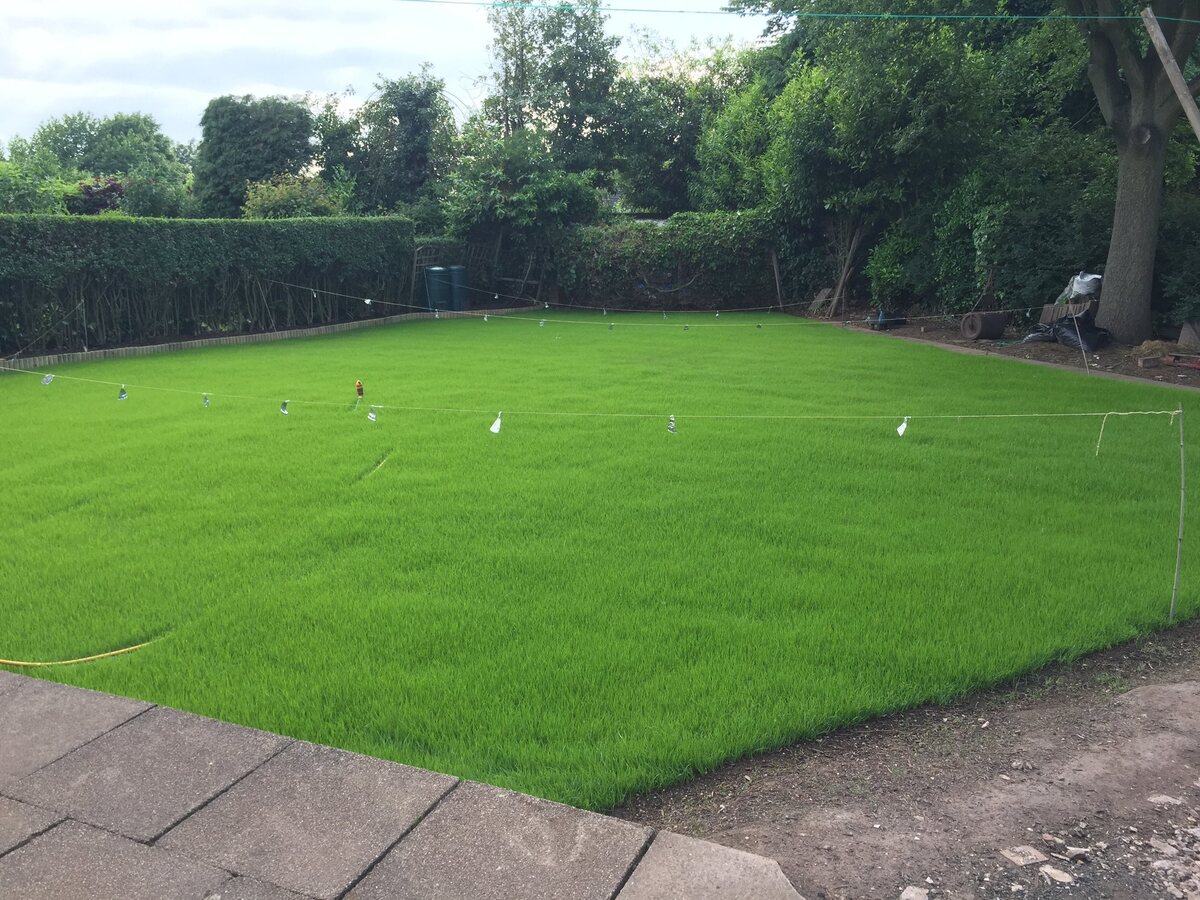

0 thoughts on “How Long Can A Projector Stay On”